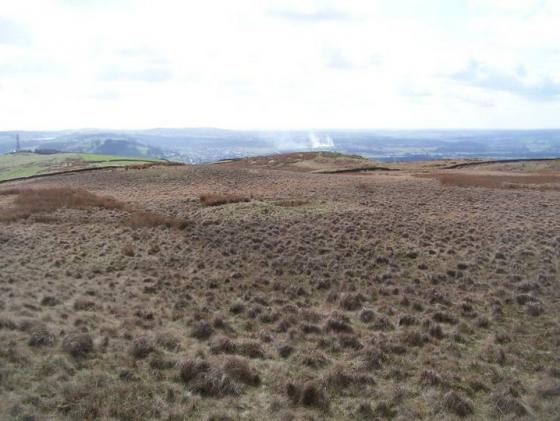From ‘Exploration of a second mound near Stonyhurst’ by the Rev. J R Luck:
Many legends find currency among the country people concerning it. According to one, a powerful chieftain, robed and seated in a chair, was entombed within; another told of a casket of gold lying beneath; while a third relates that Oliver Cromwell, or at least some of his troopers were buried in it. However, the most generally received tradition is that the followers of Wada, slain in the battle between that rebellious chief and King Eardwulf, were buried here, while those slain of the king’s army were buried in the other mound. The victims of the routed army being more numerous than those of the victorious, of course accounts for the greater size of this mound.
Transactions of the Lancashire and Cheshire Antiquarian Society, v13 (1896).
The Rev dug into the mound and concluded it was a natural feature left behind by glaciers, but the modern SMR is more forgiving.


































